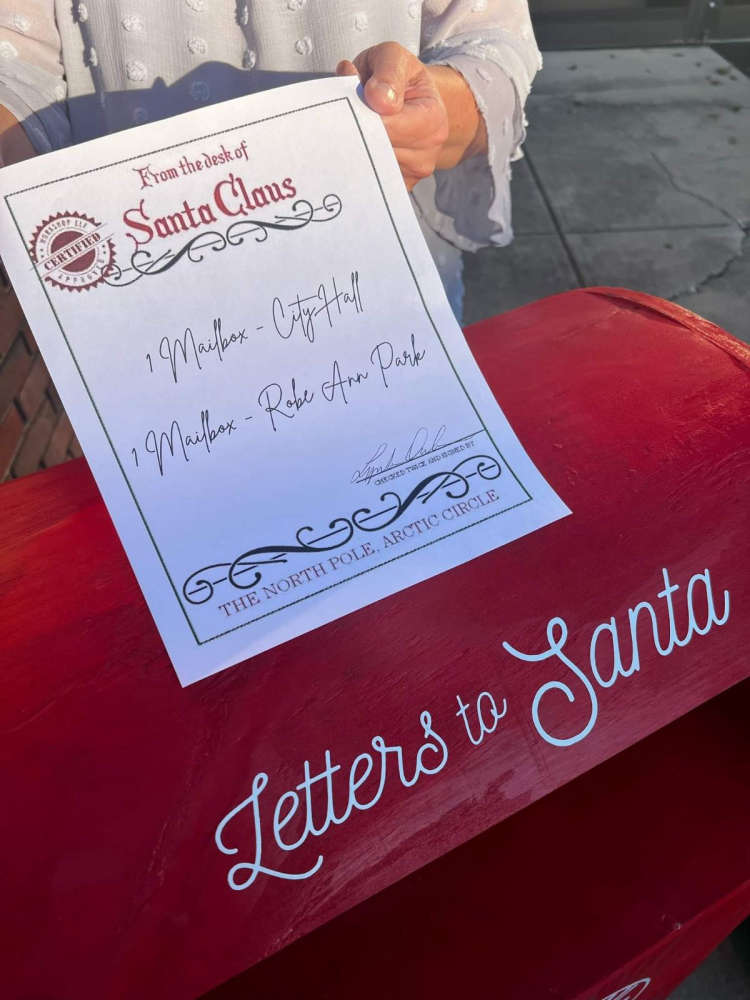
it-s-time-for-persimmons
There are many things that make fall time in Indiana great. One of those things is the drastic change in leaf color that can be seen while driving down the road. Another is the sweet, homemade goodies that can be made from fall time fruits. Persimmons are a great fall fruit that many use to make pudding.
Persimmons are native to the southeastern United States. They grow wild over much of southern Indiana. The native persimmon variety is known as Diospyros virginiana. It is a small tree that can reach up to 50 feet high. It is a slow growing tree that can be kept smaller if you prune it. Often, you will find the native variety growing in abandoned fields and fence rows. They prefer well-drained soil.
The overall shape of a native persimmon tree is pleasing to the eye. However, the most beneficial part of a native persimmon tree is the fruit. The fruit of the native persimmon is oval and has tiny leaves called calyx that surround the location where it attaches to the tree. The calyx is considered to be decorative. Once the fruit is ripe, it will become orange in color and be about 1/2 inch in diameter.
If you eat the fruit before it is ripe, it will make your mouth pucker. Once it is ripe, it will be a sweet, mellow taste. There are myths that suggest you should never pick persimmons before it frosts. Those myths suggest the fruit will be inedible until they feel the effects of a frost. However, many varieties of persimmons are actually ripe long before frost has a chance to occur. If you wait until the frost comes, you are liable to lose the fruit to wildlife who like to consume them. If you would pick persimmons before they are ripe, they will continue to ripen if you allow them to sit out.
I’ve been asked a few times, “Why does my persimmon tree not have any fruit?” Well, there are two possible explanations. The first is the persimmon tree is not mature enough. Some varieties will not produce fruit until they are at least 10 years old. The other reason is a little bit more complicated.
Native persimmon trees are dioecious which means the tree produces only male or female flowers. However, both male and female trees are necessary to produce a fruit crop. Only the female tree bear fruit once it has been pollinated by the male flowers. Therefore, you need both male and female trees. In cases where you have only one tree or a few trees but don’t get any fruit, it could be related to a pollination problem. To see if this is the case, in late May or early June, look at the blooms. If the blooms on all your trees have only stamens (or pistils), then you have only male trees (or female trees), which will not be able to produce any fruit.
Visit our homepage at www.extension.purdue.edu/putnam or you can contact the local Purdue Extension Office by calling 765.653.8411 for more information regarding this week’s column topic or to RSVP for upcoming events. It is always best to call first to assure items are ready when you arrive and to RSVP for programs. While many publications are free, some do have a fee. Purdue University is an equal access/equal opportunity institution. All times listed are Eastern Time.
Upcoming Events
Nov. 8, 15, 22, 29 – Dining with Diabetes, 12pm, Virtual, Register at 765-653-8411
Nov. 16 – Staying Health as you Age, 6pm, Fairgrounds York Auto Building


 Senate Page Program applications available Sunday
Senate Page Program applications available Sunday
 Five safety tips to kick off your holiday season
Five safety tips to kick off your holiday season
 Call 211 to find local warming centers during upcoming winter weather
Call 211 to find local warming centers during upcoming winter weather
 Get your letters to Santa at two special mailing locations in Greencastle
Get your letters to Santa at two special mailing locations in Greencastle



